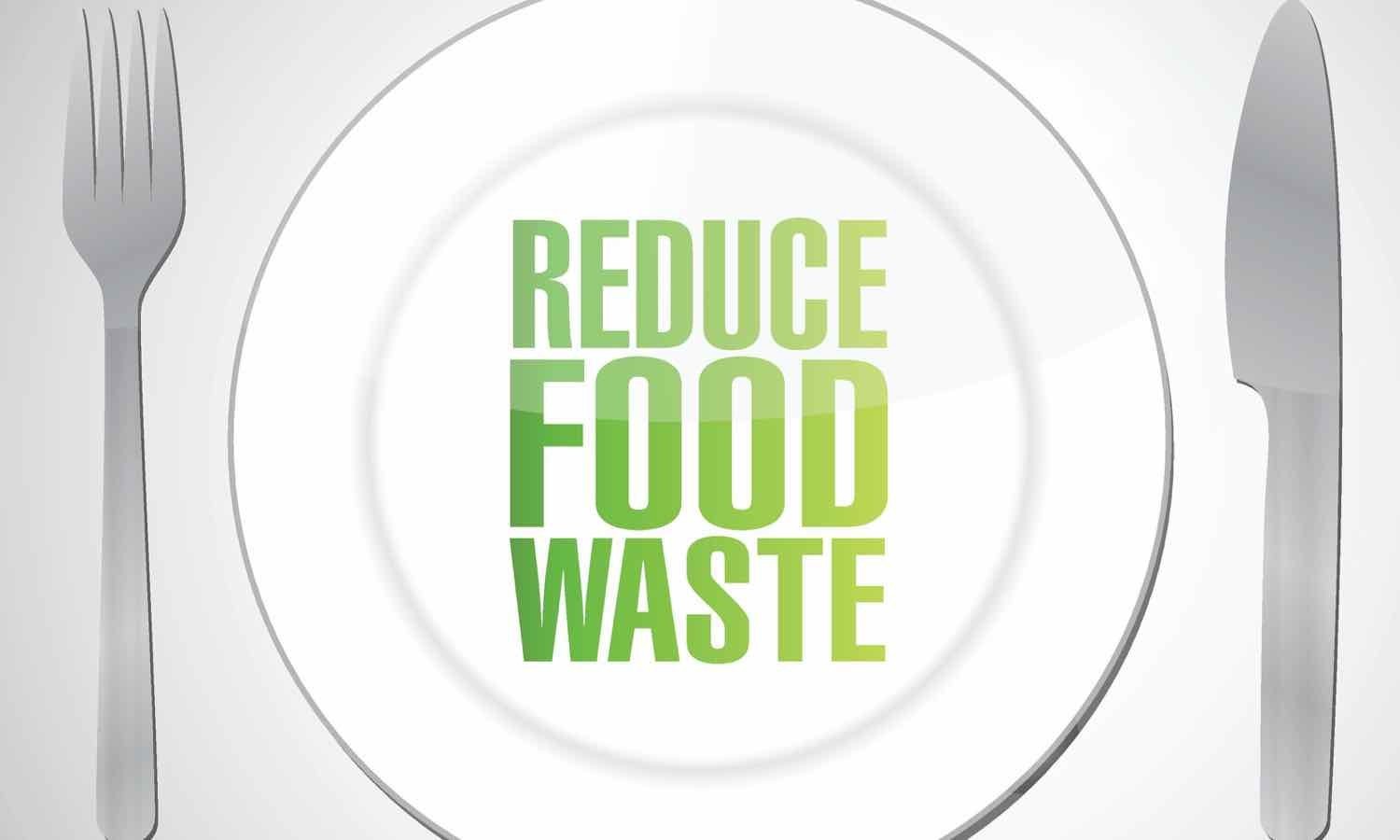
The U.S. Department of Agriculture and the Environmental Protection Agency announced the United States’ first-ever national food waste reduction goal, calling for a 50-percent reduction by 2030. As part of the effort, the federal government will lead a new partnership with charitable organizations, faith-based organizations, the private sector and local, state and tribal governments to reduce food loss and waste in order to improve overall food security and conserve the nation’s natural resources. The announcement occurred just one week before world leaders gather at the United Nations General Assembly in New York to address sustainable development practices, including sustainable production and consumption.
“The United States enjoys the most productive and abundant food supply on earth, but too much of this food goes to waste,” said Agriculture Secretary Tom Vilsack. “An average family of four leaves more than two million calories, worth nearly $1500, uneaten each year. Our new reduction goal demonstrates America’s leadership on a global level in in getting wholesome food to people who need it, protecting our natural resources, cutting environmental pollution and promoting innovative approaches for reducing food loss and waste.”
Food loss and waste in the United States accounts for approximately 31 percent—or 133 billion pounds—of the overall food supply available to retailers and consumers and has far-reaching impacts on food security, resource conservation and climate change. Food loss and waste is single largest component of disposed U.S. municipal solid waste, and accounts for a significant portion of U.S. methane emissions. Landfills are the third largest source of methane in the United States. Furthermore, experts have projected that reducing food losses by just 15 percent would provide enough food for more than 25 million Americans every year, helping to sharply reduce incidences of food insecurity for millions.
“Let’s feed people, not landfills. By reducing wasted food in landfills, we cut harmful methane emissions that fuel climate change, conserve our natural resources, and protect our planet for future generations” said EPA Administrator Gina McCarthy. “Today’s announcement presents a major environmental, social and public health opportunity for the U.S., and we’re proud to be part of a national effort to reduce the food that goes into landfills.”
Ongoing federal initiatives are already building momentum for long-term success. In 2013, USDA and EPA launched the U.S. Food Waste Challenge, creating a platform for leaders and organizations across the food chain to share best practices on ways to reduce, recover, and recycle food loss and waste. By the end of 2014, the U.S. Food Waste Challenge had over 4,000 active participants, well surpassing its initial goal of reaching 1,000 participants by 2020.


